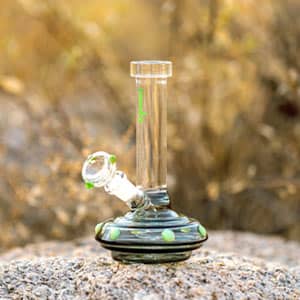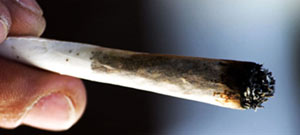Referral Service to
Private Treatment Centers in Canada
The dried leaves, flowers, and seeds of the Cannabis sativa or Cannabis indica plant is called marijuana, cannabis, pot, weed, among others. The plant contains mind-altering chemicals like Tetrahydrocannabinol (THC) and cannabidiol (CBD), and other compounds.
People often hand-roll a cigarette, called a joint, or use a pipe or a water pipe, called a bong, to ingest it. There are other ways people consume it like marijuana extracts filled vaporizers. Some use pot in baked goods like muffins, cookies, and cakes. It is also smoked in “blunts” (weed rolled in the tobacco-leaf wrapper from a cigar). In 2019, the Canadian government legalized the sale of eatables like candy, popcorn, and drinks, to name a few.
Dabbing is a more recent way to ingesting this drug. Dabs or wax, shatter, amber, or honeycomb are concentrated versions with a very high level of THC. This version of THC is at least four times more potent than regular pot joints and can be very addictive. Dabbing gives the person an intense instant high rather than building gradually.


Marijuana, after alcohol, is the most widely used substance in Canada. Close to half of Canadians reporting having used it at some time in their lives.
A person that stops his long-time consumption may have symptoms of withdrawal which include:
There isn’t enough information to know if cannabis is safe to use in moderation for short periods of time.
Premature birth is possible when a pregnant woman uses marijuana. This occurs because the active ingredient, THC, passes through the placenta and can stunt the growth of the fetus. It is also associated with stillbirth, childhood leukemia, fetal abnormalities, and the need for intensive care after birth.
Children exposed to THC in the womb are likely to have lower intelligence and increased emotional problems in children. Expecting mothers who use marijuana have an increased risk of anemia and high blood pressure.
Marijuana use might encourage the development of depression. It can worsen symptoms of depression. It can also increase thoughts of suicide in those that already have depression.
If you know someone who is experiencing an addiction to marijuana, you should seek help. If you are unsure of how to proceed, give us a call at the number below or request a callback.